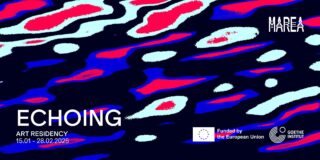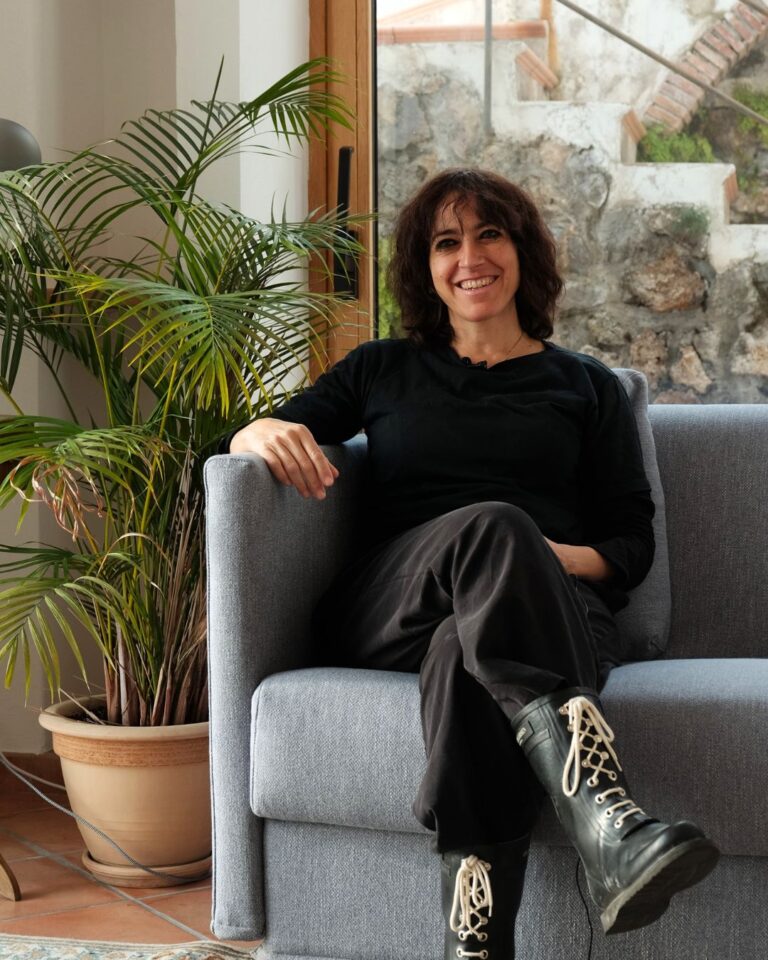
Marea 25 is the residency that hosted artist Adelaide Cioni from November 11 to 30, 2024, in Praiano, following the invitation of Stefano Collicelli Cagol. Cioni stayed at Casa L'Orto, the home of the LeWitt family on the Amalfi Coast.
During the residency, inspired by elements tied to the mythology and archaeology of the region, Cioni began developing a new performative work centered on the sea, understood "as a place of reality and of the mind, as an elusive force, capable of evoking both the terrifying sense of getting lost in the aquatic immensity and an amniotic peace — a place before which we are inadequate and vulnerable, but at the same time, leads us far away, to non-human dimensions."
We retrace the journey during the residency through the places explored, the collaborations sparked, and the encounter with the "vertical sea."
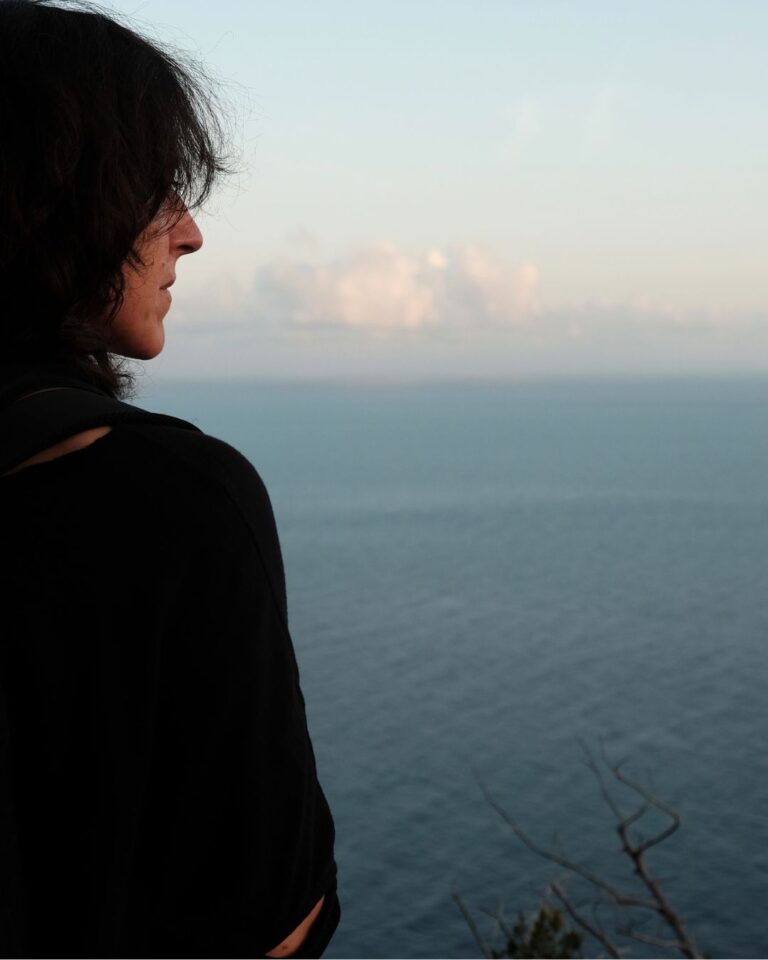
The performance about the sea
On the Amalfi Coast, Cioni began working on a new performative piece focused on the sea — an image that has recurred in her work for several years and which also serves as an homage to an artist she deeply admires, Pino Pascali: "He used to make these seas, calling them Il mare. It was a playful, ironic gesture, because obviously, you can't actually make the sea — it's impossible, a failed experiment from the start. That's precisely what interests and intrigues me. So, in homage to Pascali and in response to some of my inner imagery, I keep trying."
"I imagine it as a large-scale performance, with about twenty performers and singers. I began collecting material on the Amalfi Coast and creating the first preparatory drawings.
It was an incredible experience because Praiano is an angular strip of land surrounded by water, offering an extraordinarily vast view of the sea, about 280°. There is far more sea here than we usually see; it's vertical. And it's a breathtaking sight every single day. A kind of beauty that overwhelms you. I wasn't prepared for any of it."
During the residency, Cioni often went down to the shore to try to draw the water, the waves, and their movements. "There were also days with very rough seas, which was great because I could observe many different movements of the water and try to capture them somehow."
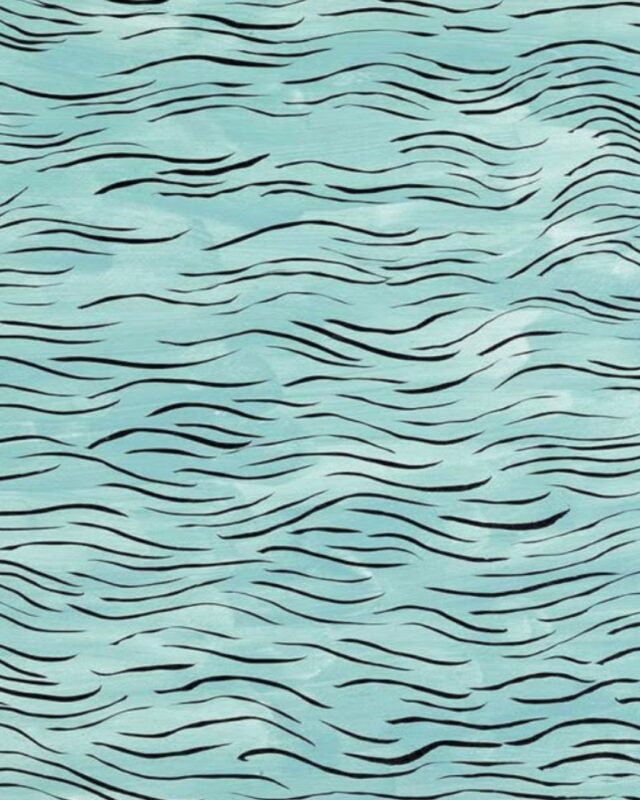
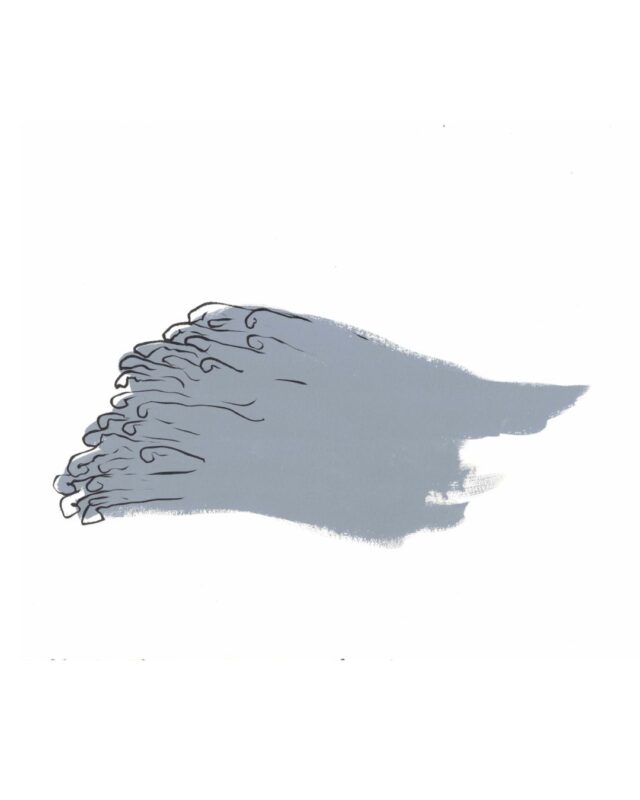
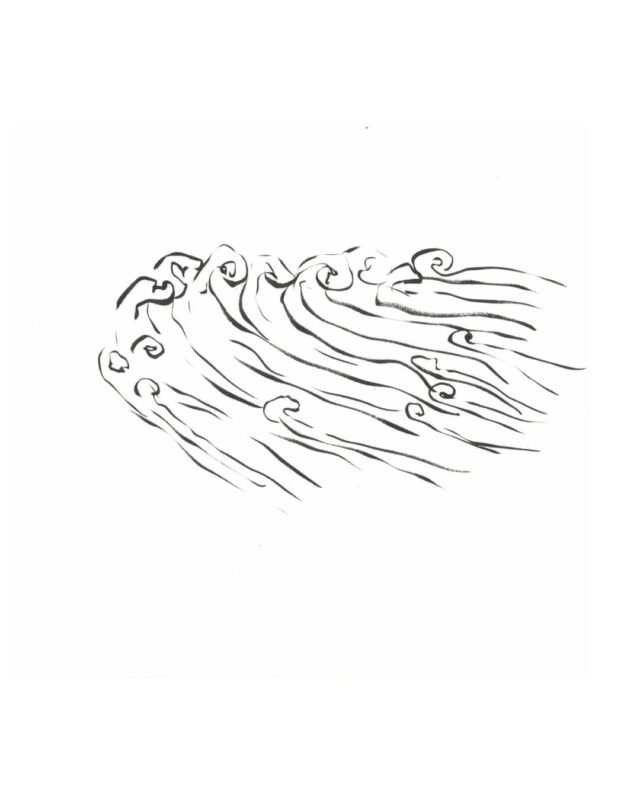

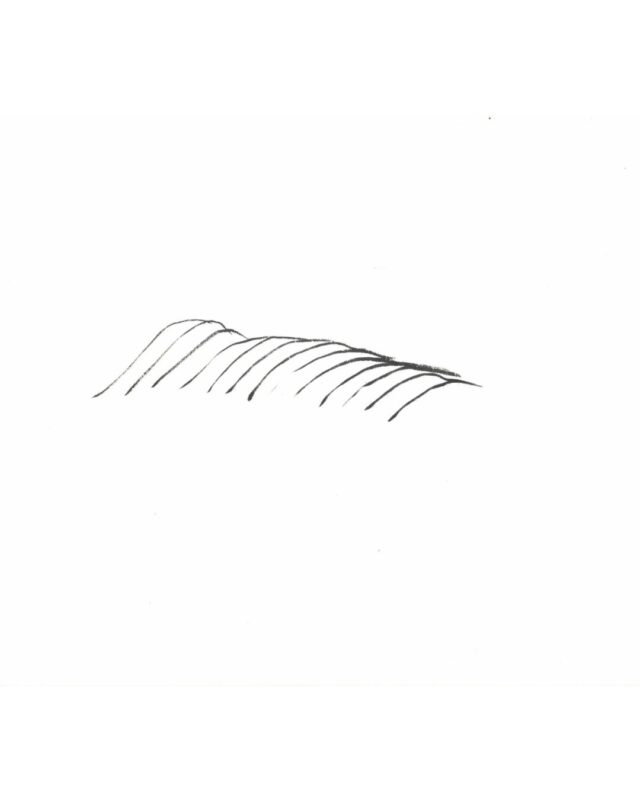
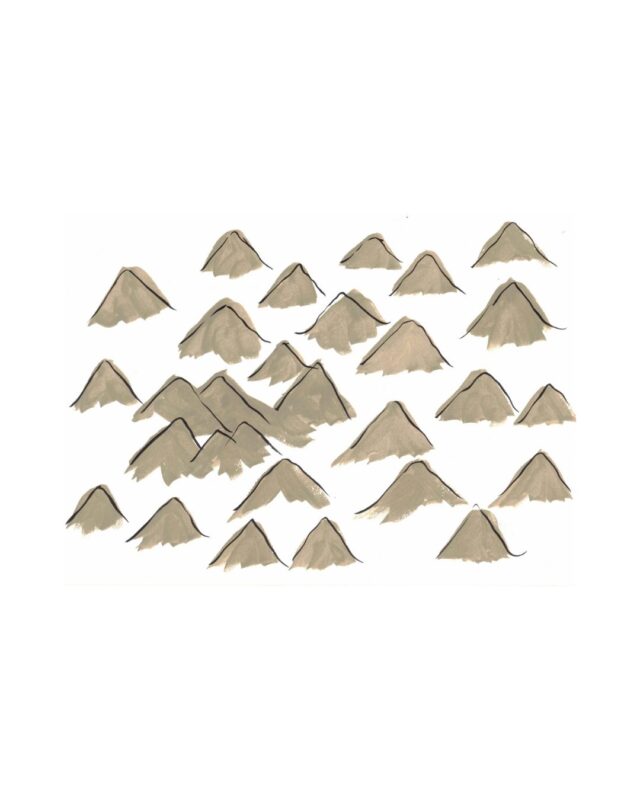
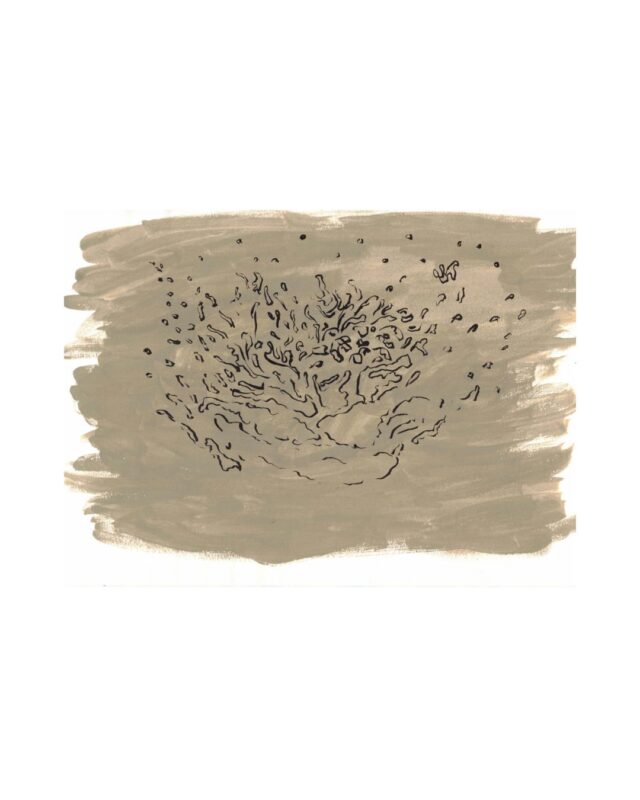
Collaboration with Anglo-French-Algerian artist Dom Bouffard
While developing her research on the Amalfi Coast, Cioni collaborated with Dom Bouffard, an Anglo-French-Algerian composer, performer, and interdisciplinary artist whose practice focuses on experimental music composed using a prepared electric guitar. His internationally presented work spans sound, performance, installation, and drawing.
Their collaboration began at the Mahler & LeWitt Studios in Spoleto and has led to three major performative works, showcased at Mimosa House during the London Gallery Weekend and ArteFiera, as well as an ongoing project of sound/drawing improvisation.
Dom wanted to record natural coastal sounds as part of the performative piece's musical development. We rowed to a grotto known in the local dialect as 'O Tras e Jesc — the "in-and-out" cave — a natural cavity between the marinas of Praiano and Positano, where Dom was able to capture the sound of waves crashing against the rocky walls.
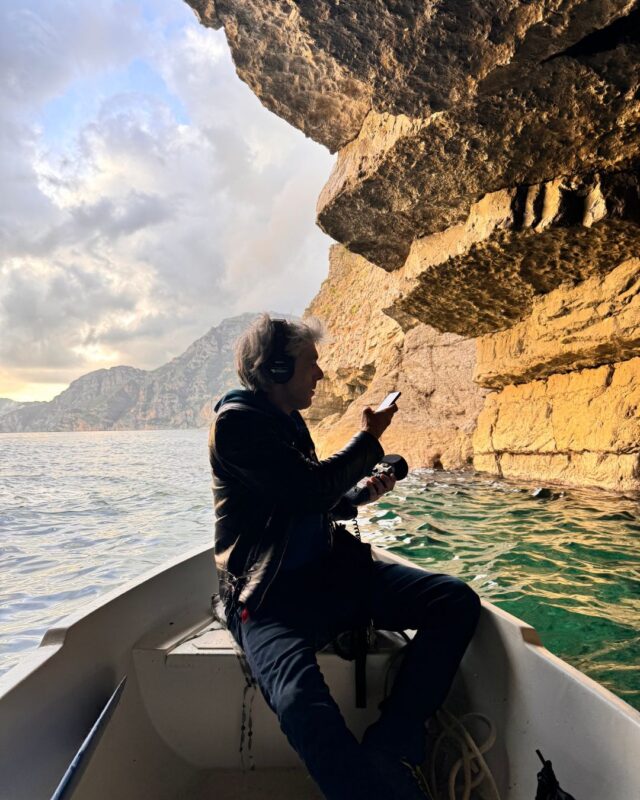
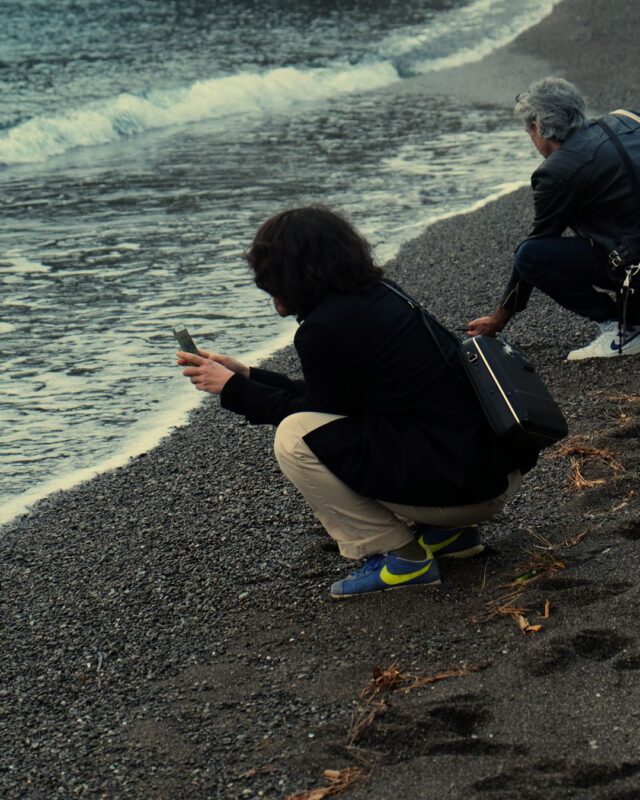
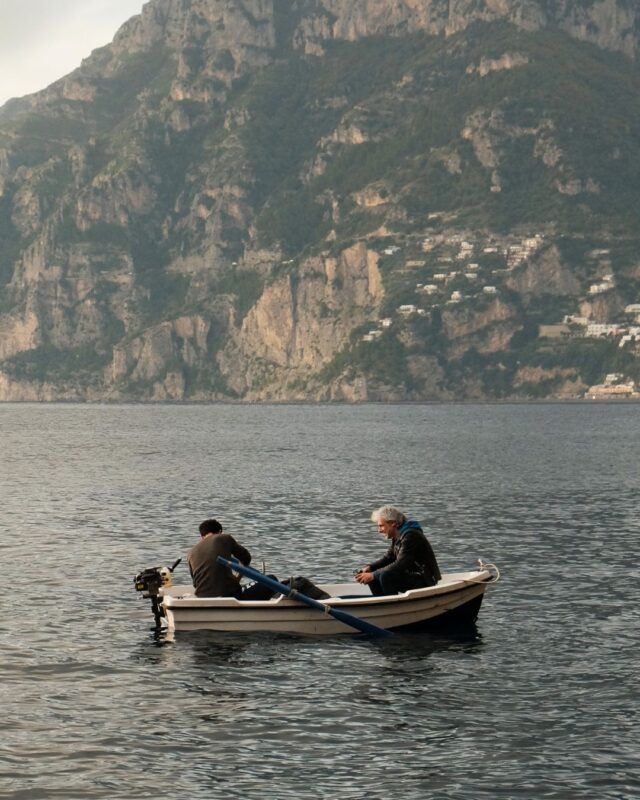
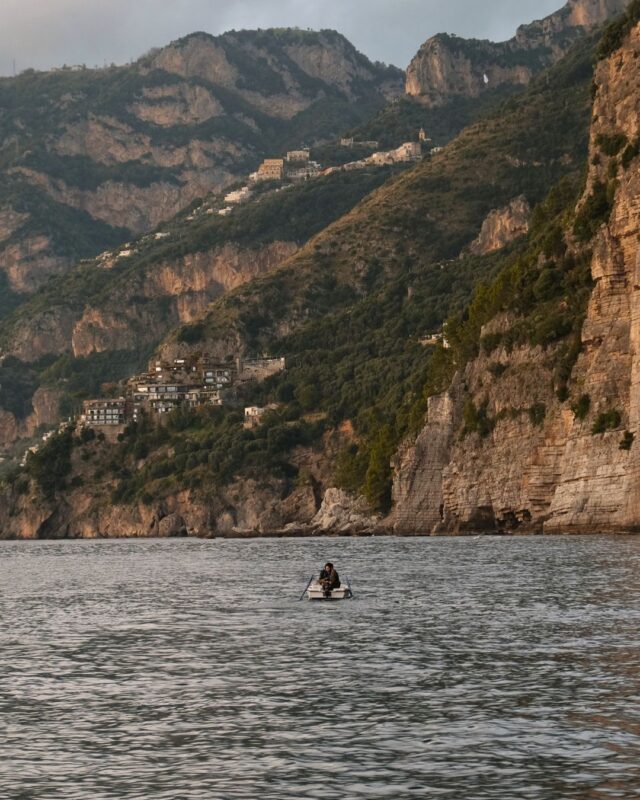
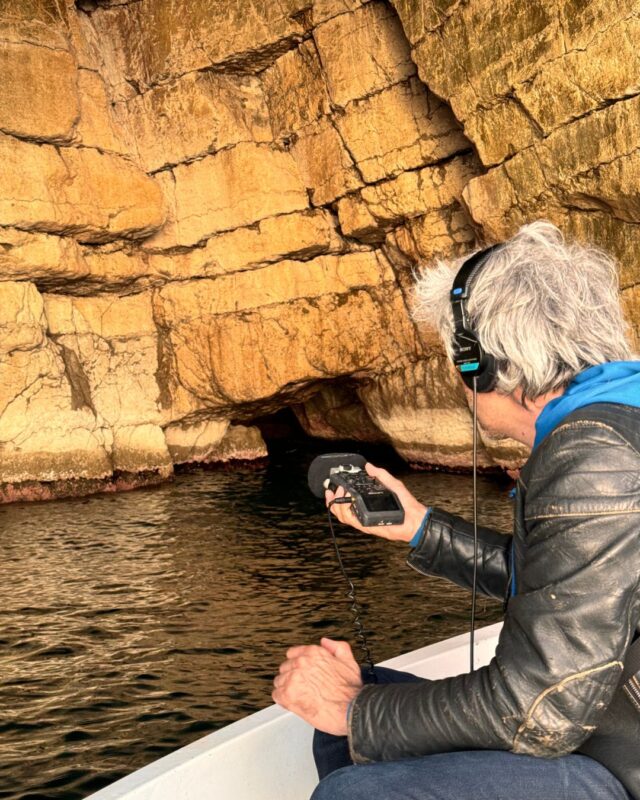
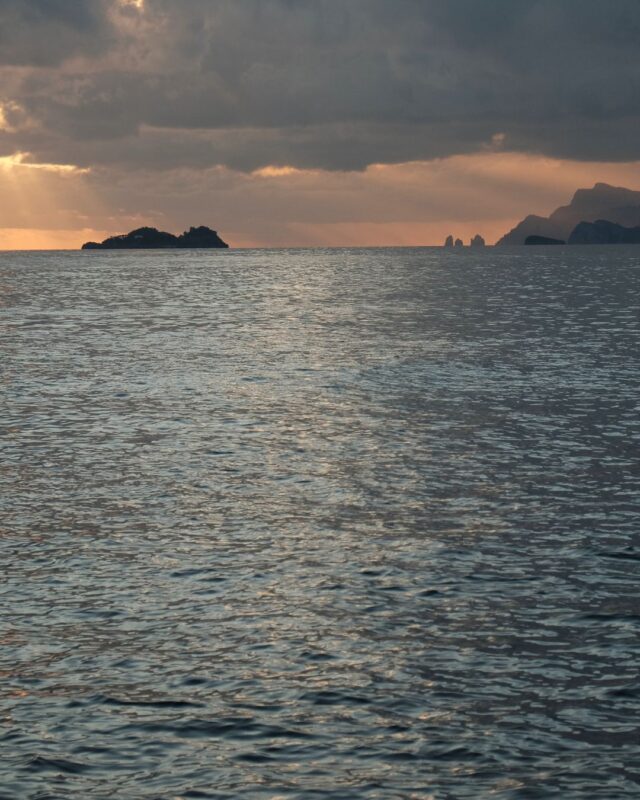
The Roman villa of Positano and the region's archaeology
During the residency, we visited the MAR – Roman Archaeological Museum of Positano, a town that has been a crossroads of peoples, cultures, and civilizations for centuries. We were warmly welcomed by archaeologist Antonella Apuzzo, who shared her extensive knowledge of the history of the Roman Villa and the town of Positano.
Located about 20 km as the crow flies from Mount Vesuvius, whose eruption in 79 AD buried Pompeii and Herculaneum, the Positano coast was covered by around two meters of pumice, ash, and reactive materials that settled on the steep limestone cliffs of the Lattari Mountains.
The Roman Villa, also known as the Villa of Poseides, was buried under volcanic debris for centuries. Excavations have revealed an archaeological treasure: nearly intact wall frescoes in vivid colors, mosaic floors, ancient columns, and a surprising number of everyday objects. The villa is a classic Roman seaside residence, akin to those in Capri and elsewhere along the Amalfi Coast.
A particularly striking fresco decorates the villa's main hall. It features a hippocampus, an eagle perched on a globe, and a Pegasus with two cherubs at the center. The scene is framed by a trompe-l'œil architecture of coffered ceilings and grape garlands, with a large green drape held by the cherubs, as if revealing the central scene. The chromatic palette of blue and ochre — far removed from the more familiar Pompeian red — makes this decoration truly unique.
The villa's remains lie beneath the Church of Santa Maria Assunta, in the heart of Positano, just a few steps from the sea.
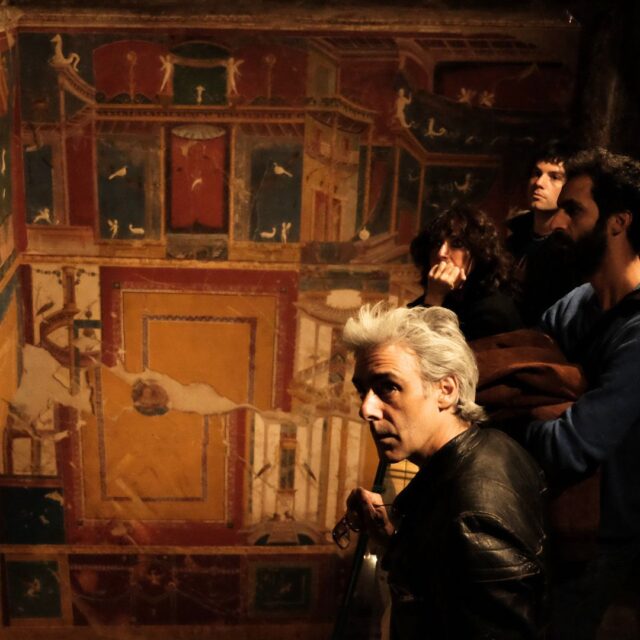
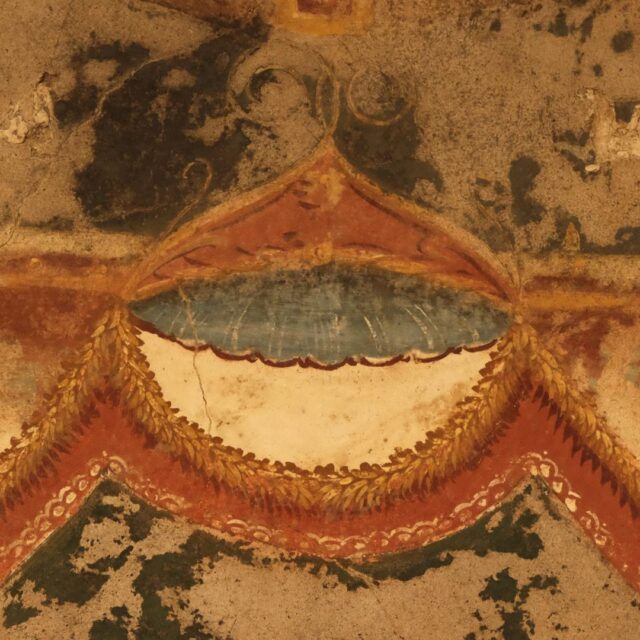
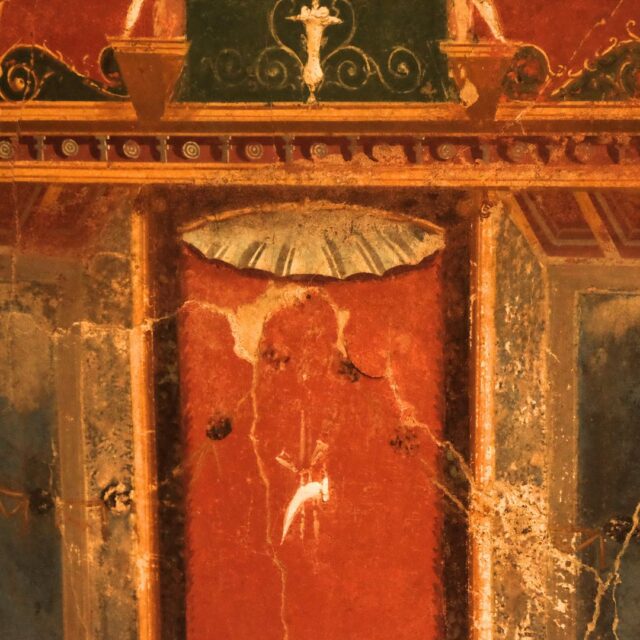
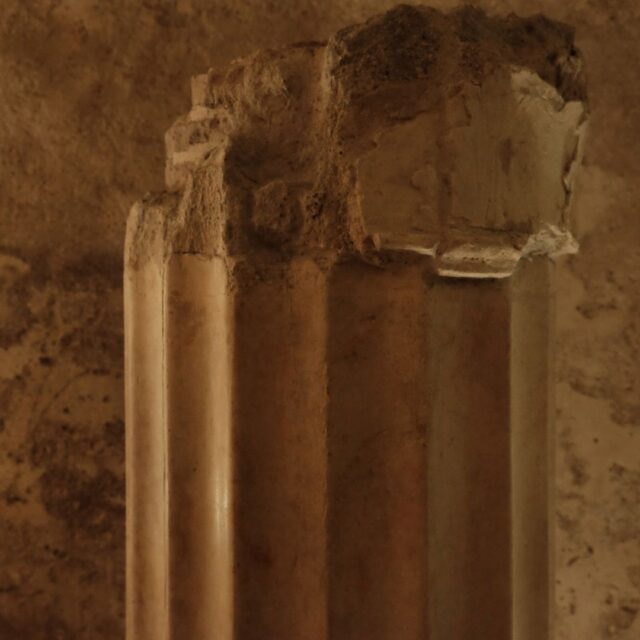
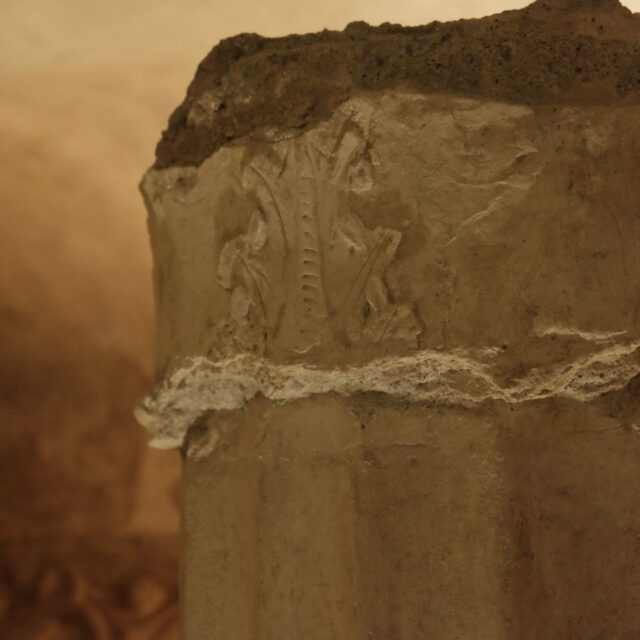
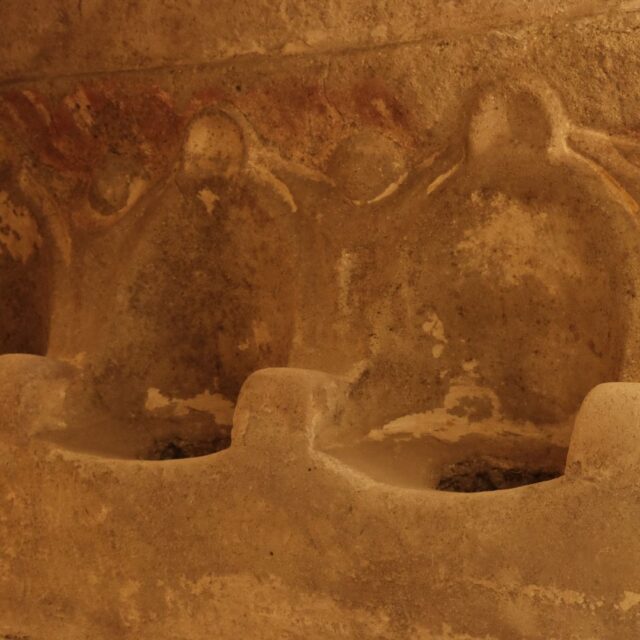
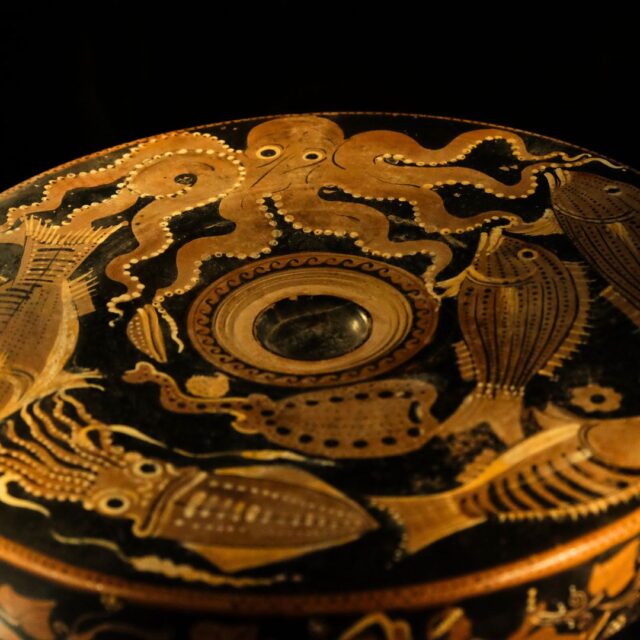
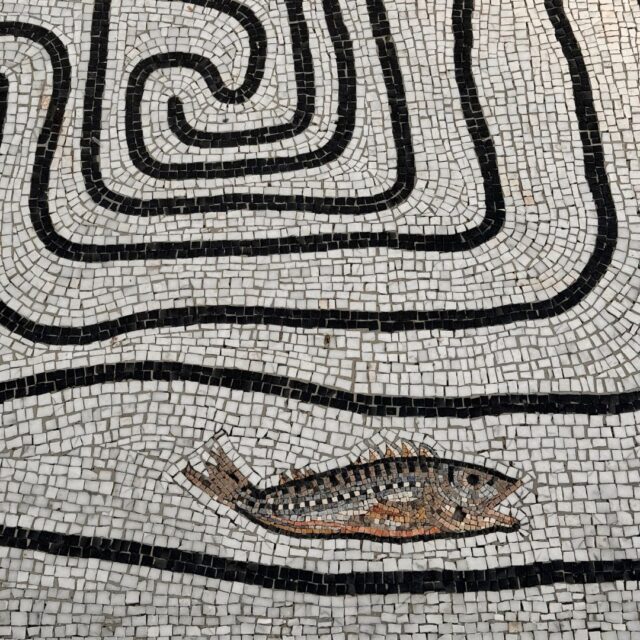
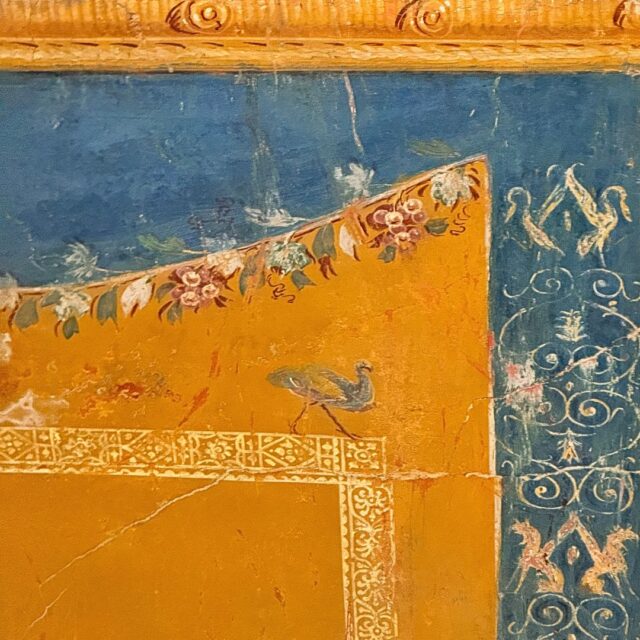
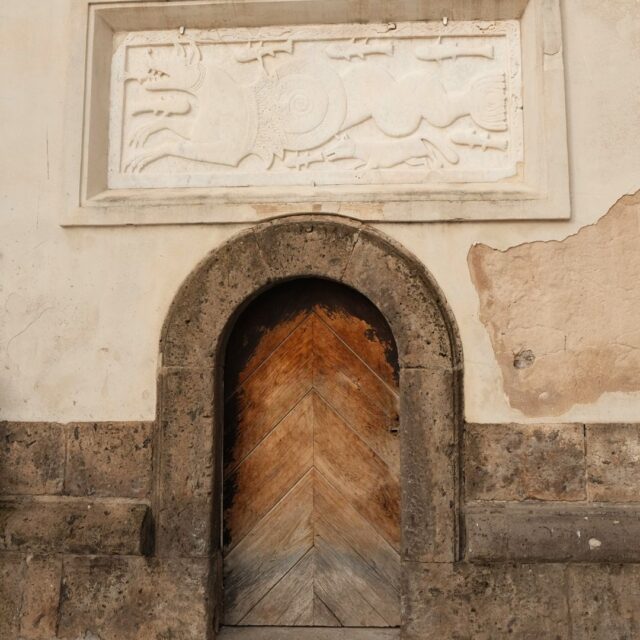
The bay of Ieranto: between tears and sirens' songs
Continuing Adelaide Cioni's research journey through the sea, mythology, and archaeology, we visited the Bay of Ieranto, a place of extraordinary evocative power in the Punta Campanella Marine Protected Area.
As you enter the Bay, devices stop working, and you slowly become immersed in a highly spiritual dimension. Not by chance, Ieranto comes from the Greek Hieron, meaning "sacred." According to Strabo, in Book VI of his Geography, this is where Ulysses built the Sanctuary of Athena, as evidenced by an Oscan inscription from the early 2nd century BC referring to Minerva's ministers. This is also the setting where Homer places Ulysses' encounter with the Sirens, mythical creatures that are part-woman and part-bird. Later, the British writer Norman Douglas lived there, drawing inspiration from the landscape to write Siren Land.
Beyond the mystical aura, we also witnessed a scar that runs down one of the cliffs — a mark left by limestone extraction for the Italsider steel plant in Naples, which continued until the late 1950s. Seen at night from the sea, the site appeared infernal and was nicknamed "Cala' nfierno" (Hell Cove). Today, industrial buildings' ruins remain a stark reminder of the environmental abuse. After the extraction activity ceased, the Bay was entrusted to FAI – Fondo Ambiente Italiano, which has turned it into a remarkable environmental regeneration project.
We are deeply grateful to our friends Antonella from FAI Campania and Alessandro from Amalfi Coast Hikes, who guided us on this journey between past and present — where history and myth blur, giving way to imagination reborn in the Sirens' songs, on natural carpets of Mediterranean scrub: myrtle, strawberry trees, euphorbia, lentisk, and centuries-old olive trees.
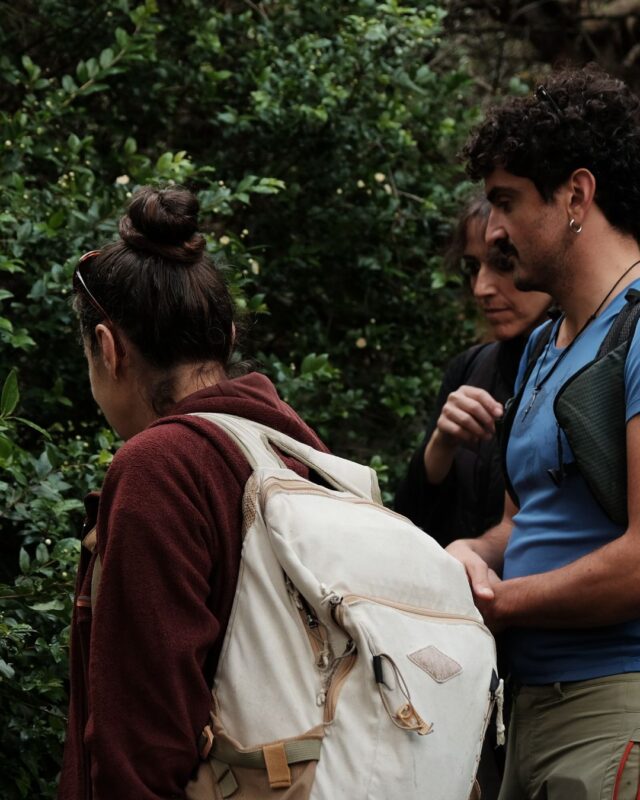
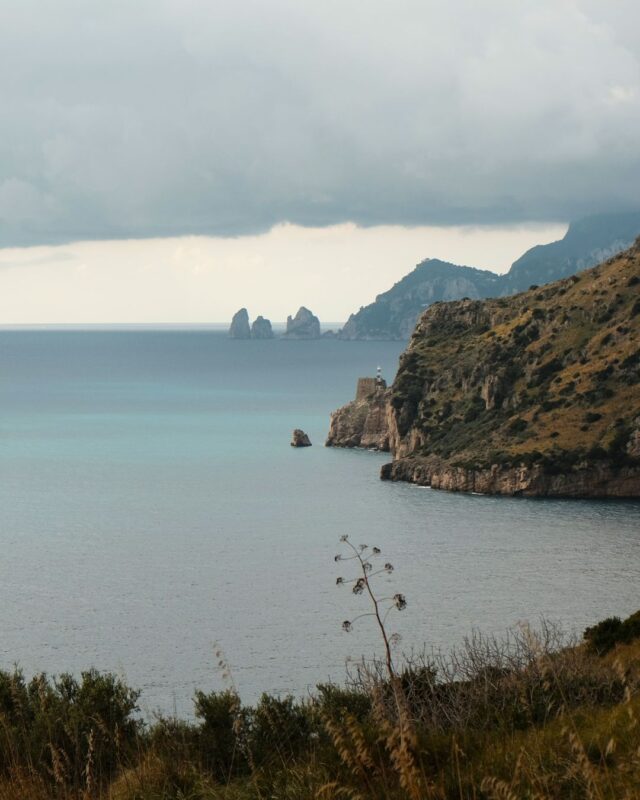
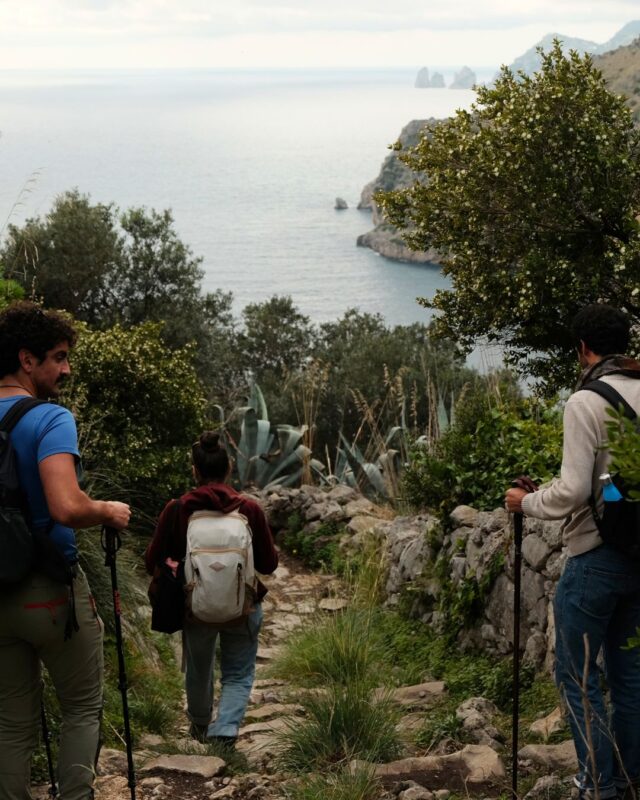
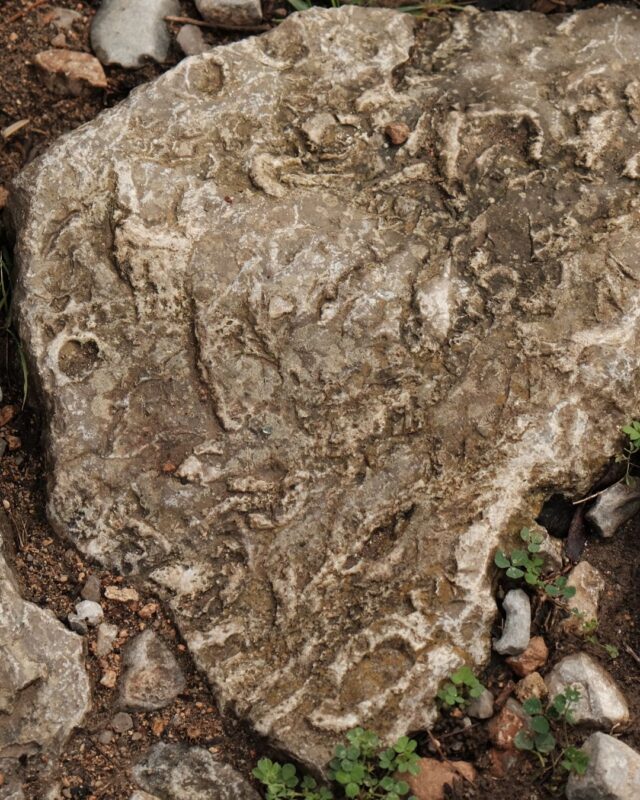
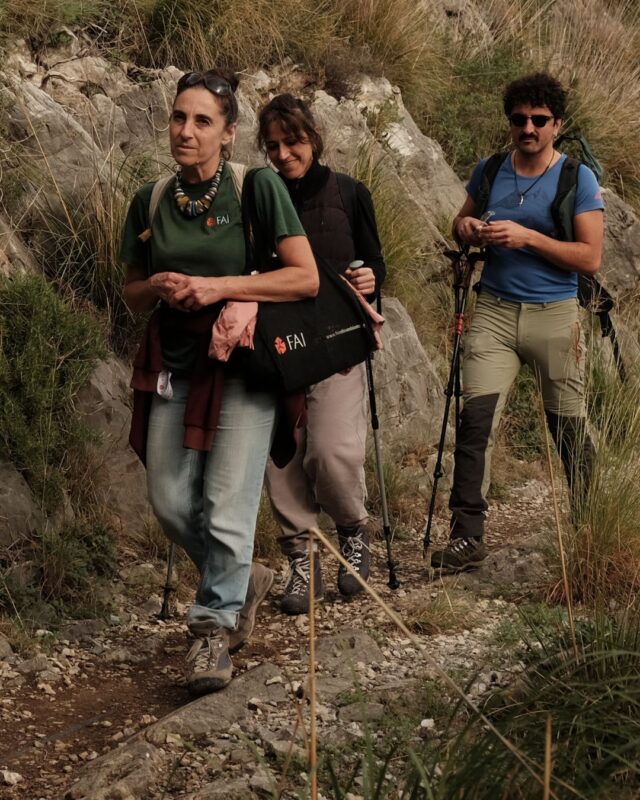
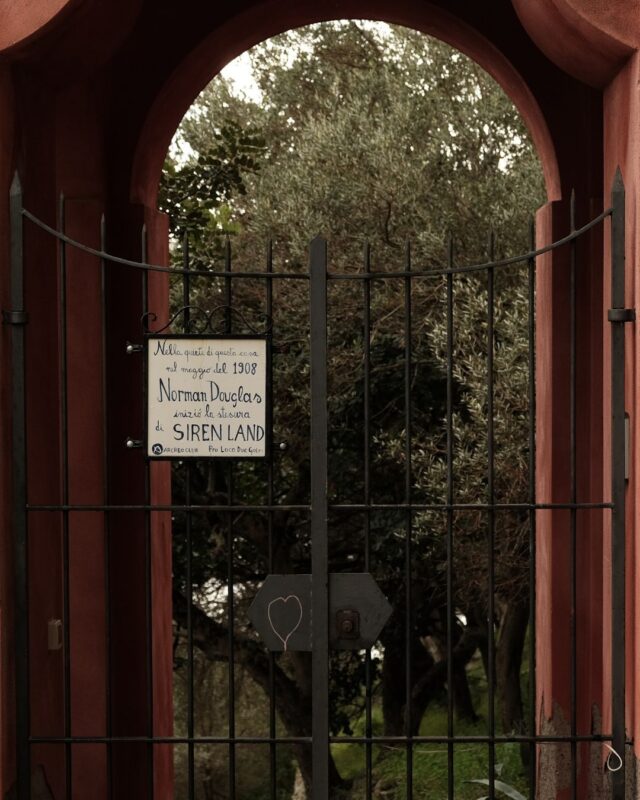
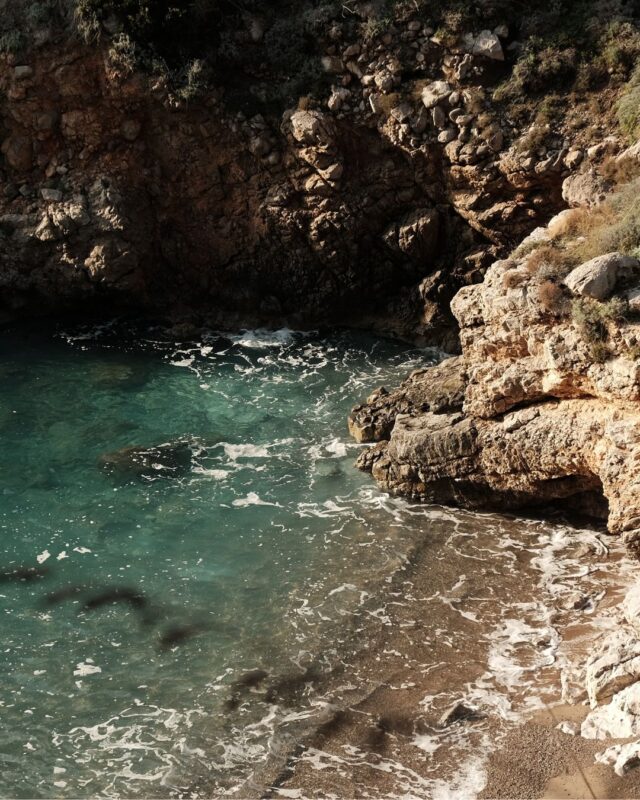
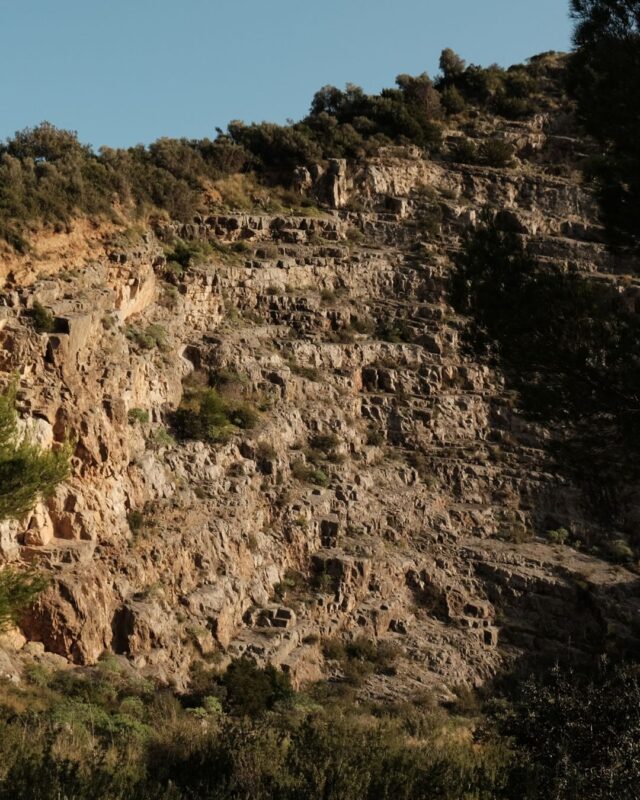
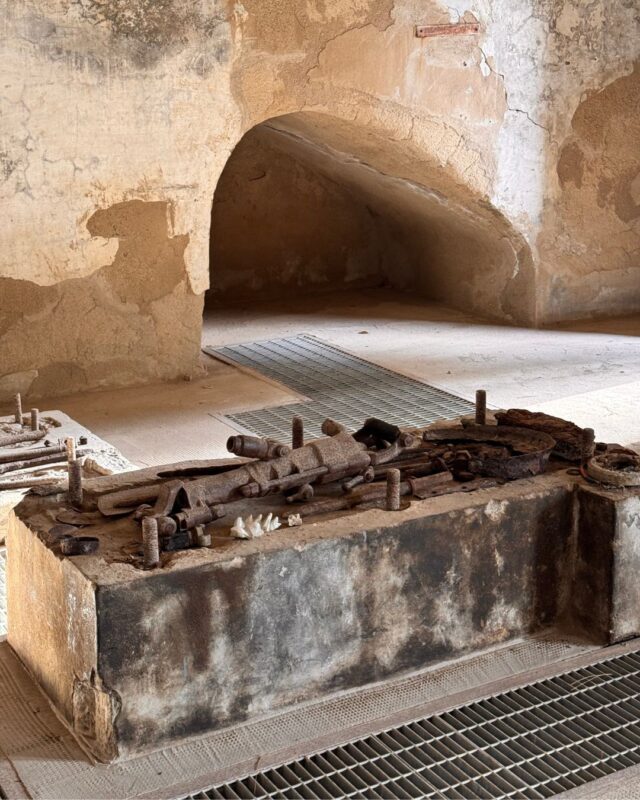
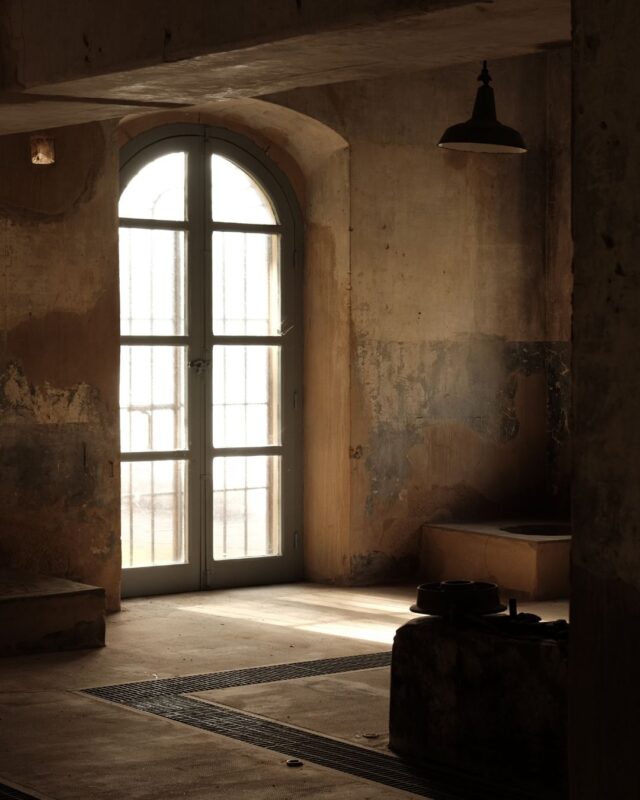
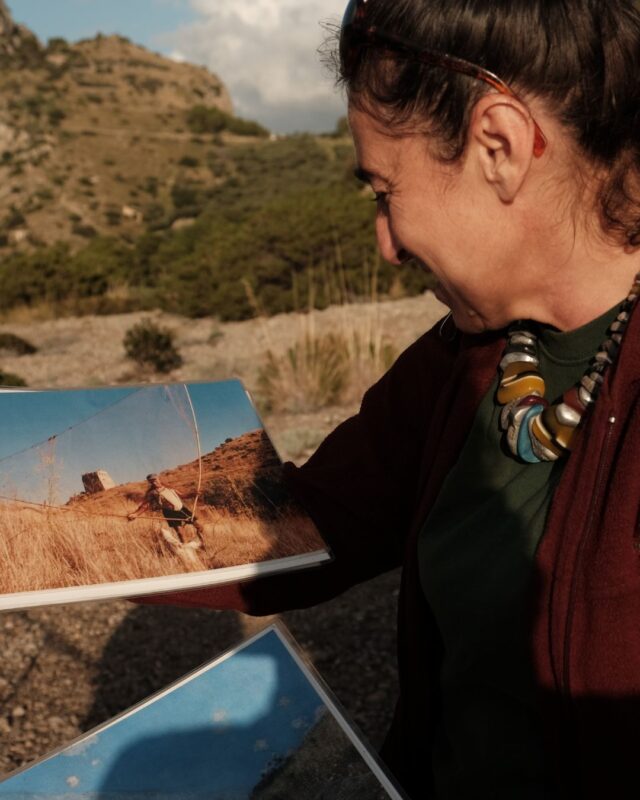
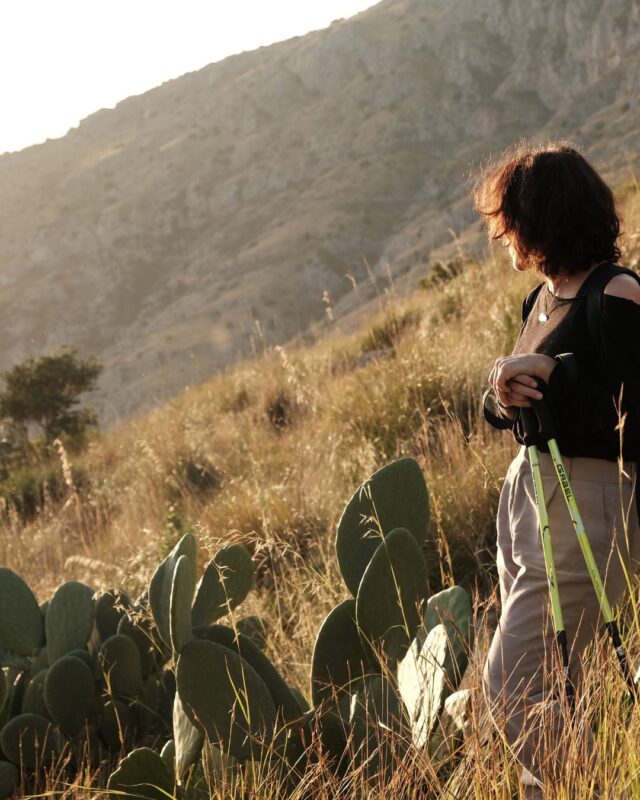
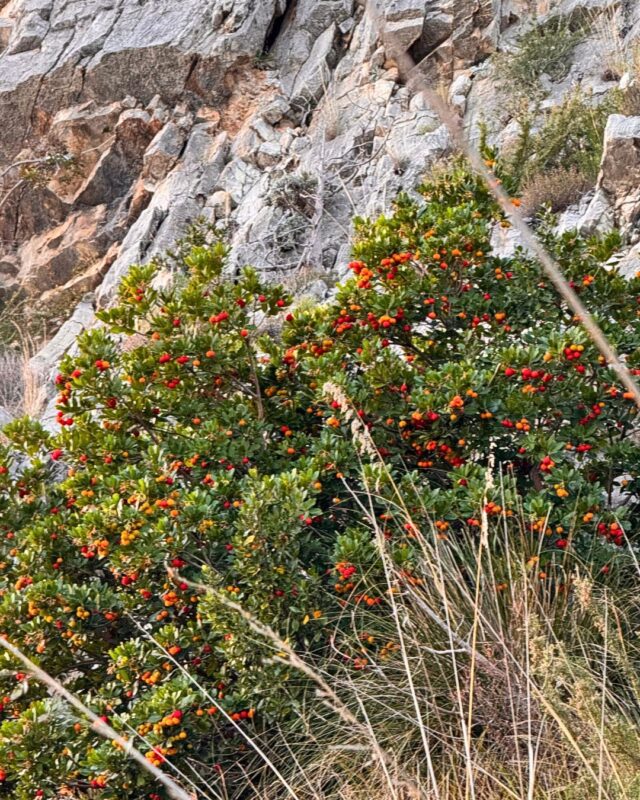
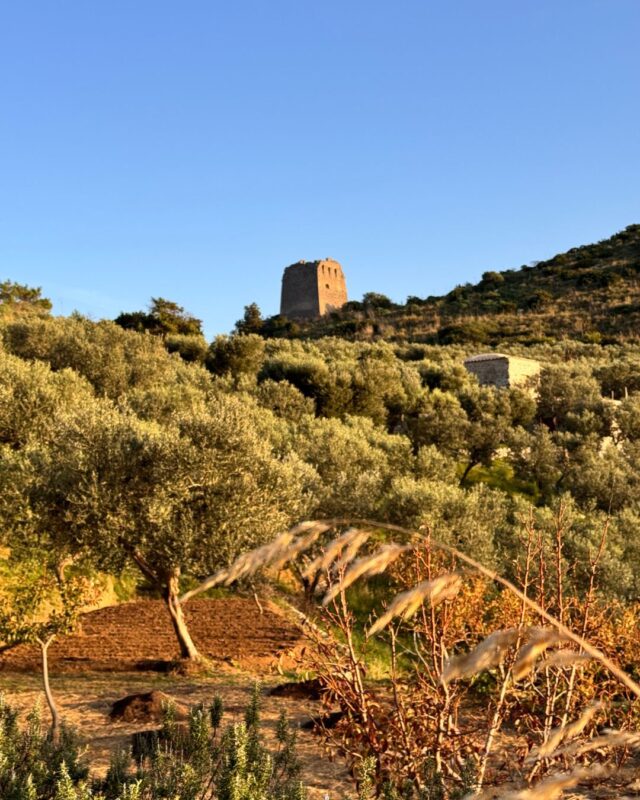
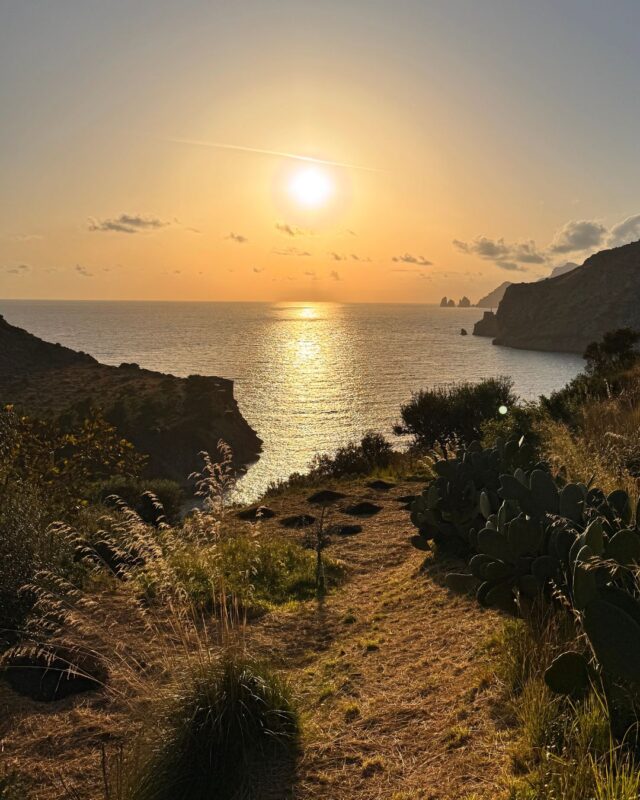
Connections with the local community
During her residency at Casa L'Orto on the Amalfi Coast, Adelaide Cioni connected with various members of the local community who enriched her creative process.
From a day spent with fashion designer Sandra Belcredi, who taught her how to paint on silk and introduced her to her world of fabrics, inks, and the sea — to a walk with friend Marco Vuilleumier through the gardens of Villa Cimbrone, one of the most evocative places in the Mediterranean, whose views have inspired generations of artists, musicians, writers, and thinkers, including members of the Bloomsbury Group.
And before departing, on her last day, we visited Daniele Esposito, guardian of the Fornillo Tower, once owned by Swiss architect, poet, writer, archaeologist, and aesthete Gilbert Clavel. With Fortunato Depero, Clavel created the Plastic Ballets, one of the earliest and boldest experiments in avant-garde theater.
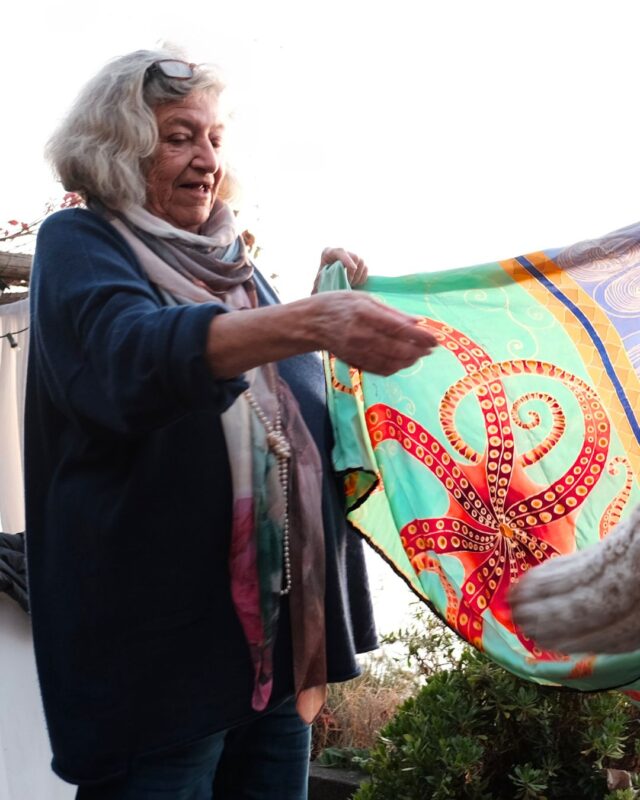
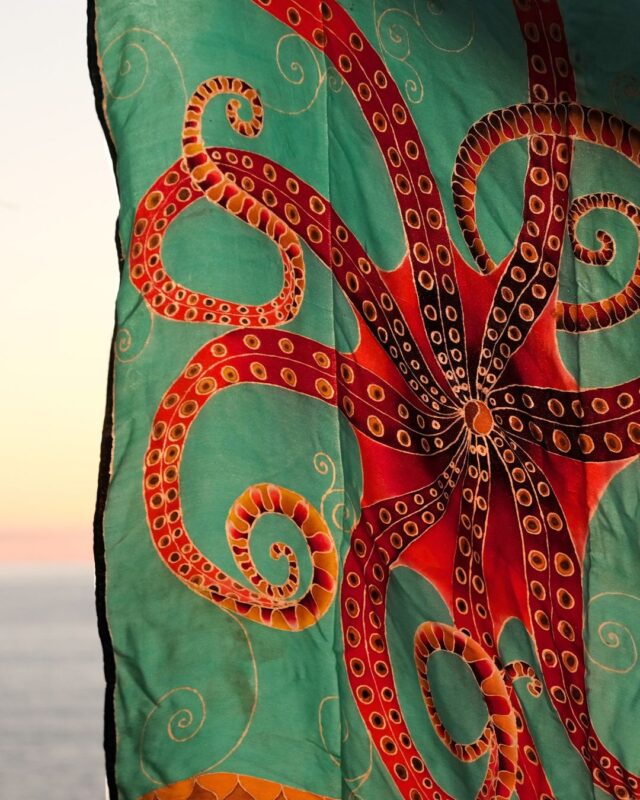
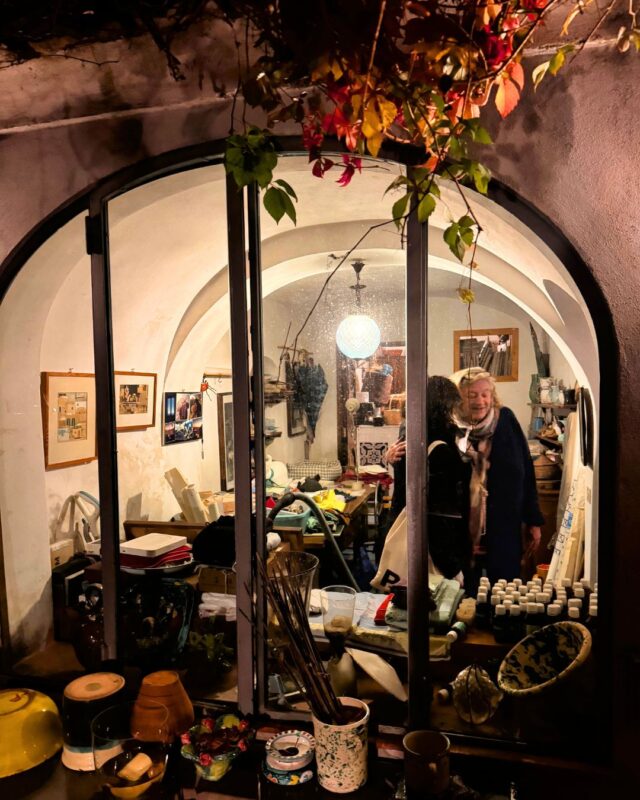
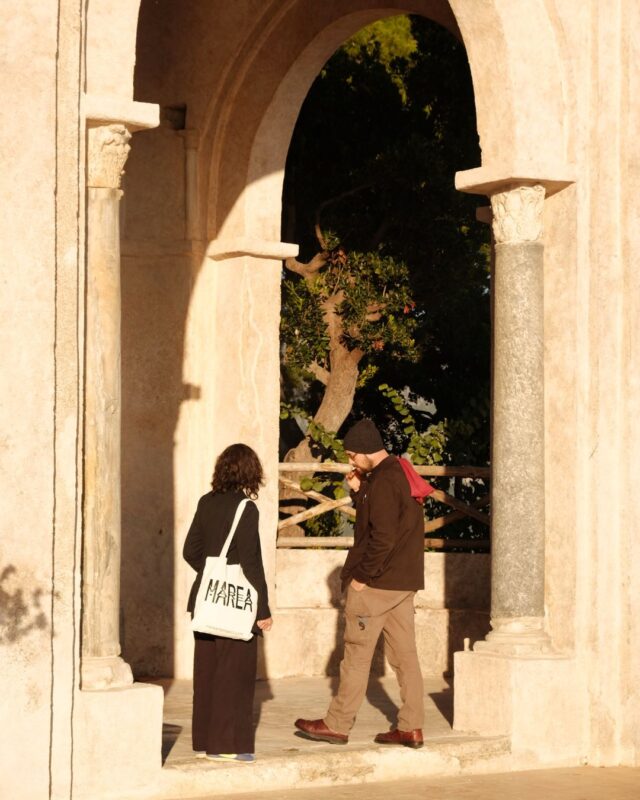
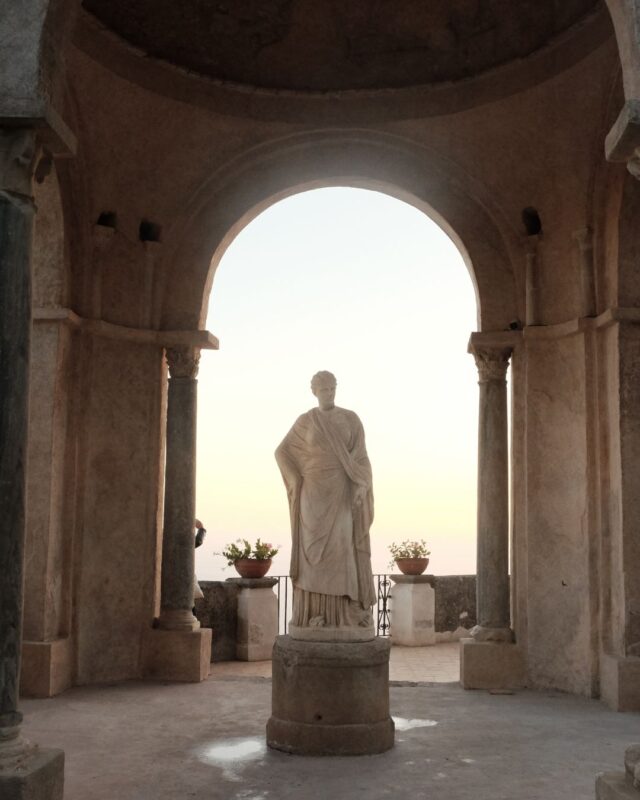
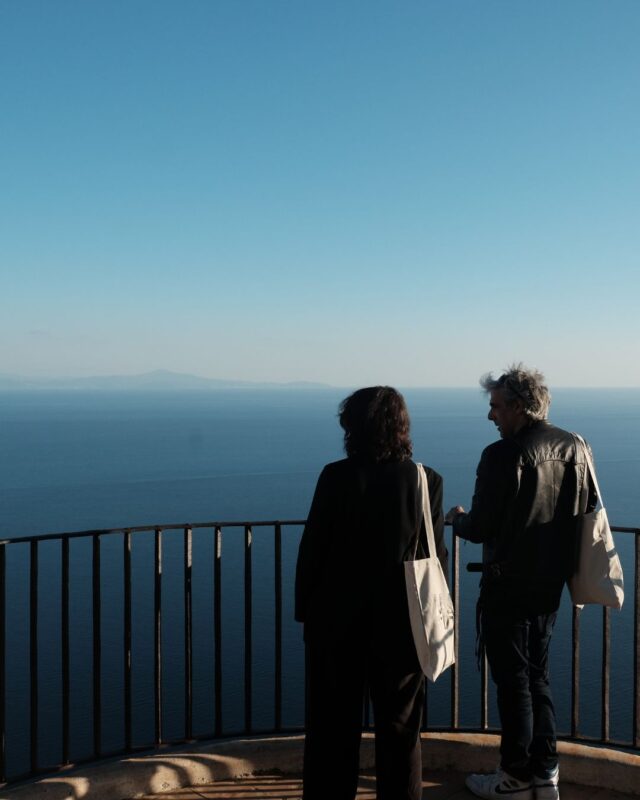
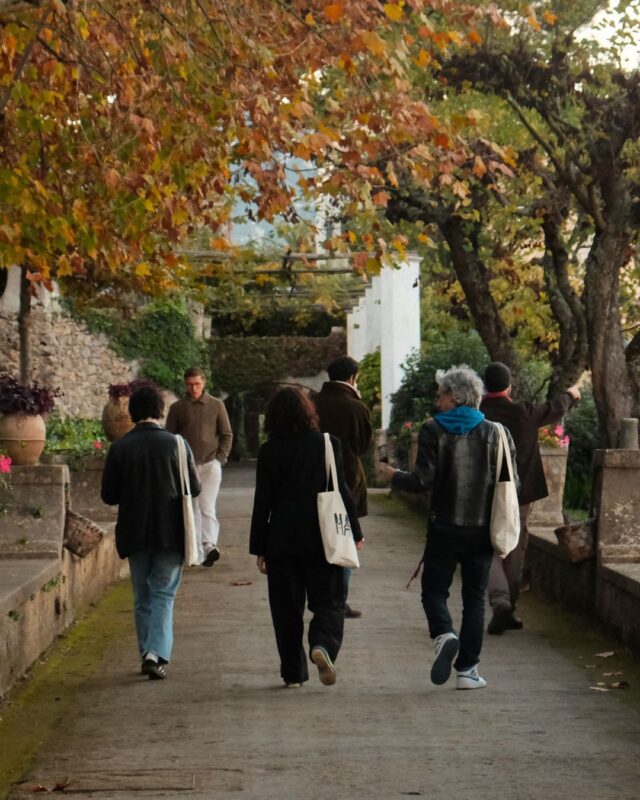
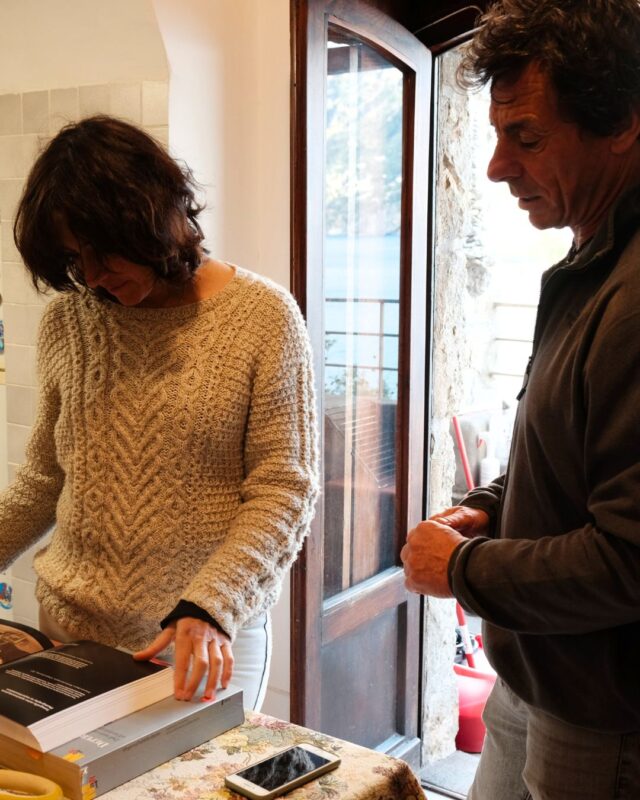
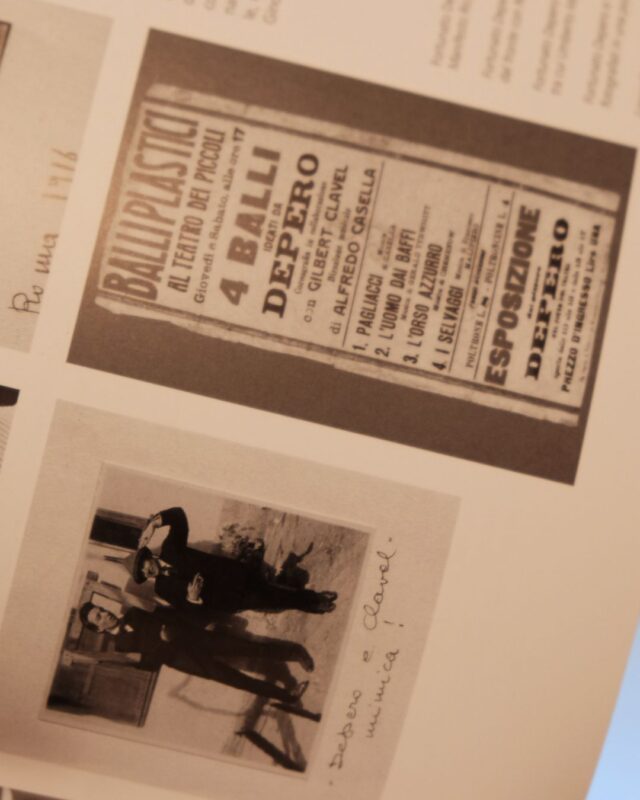
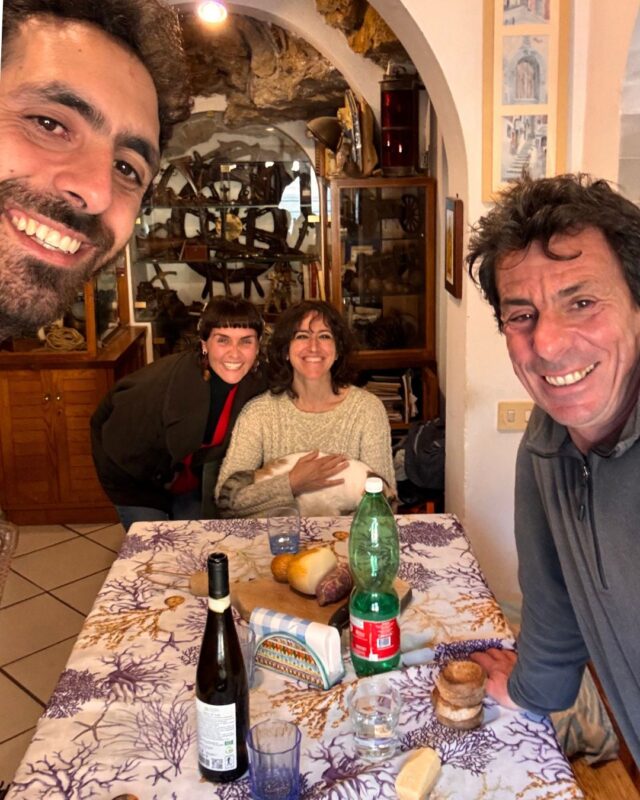
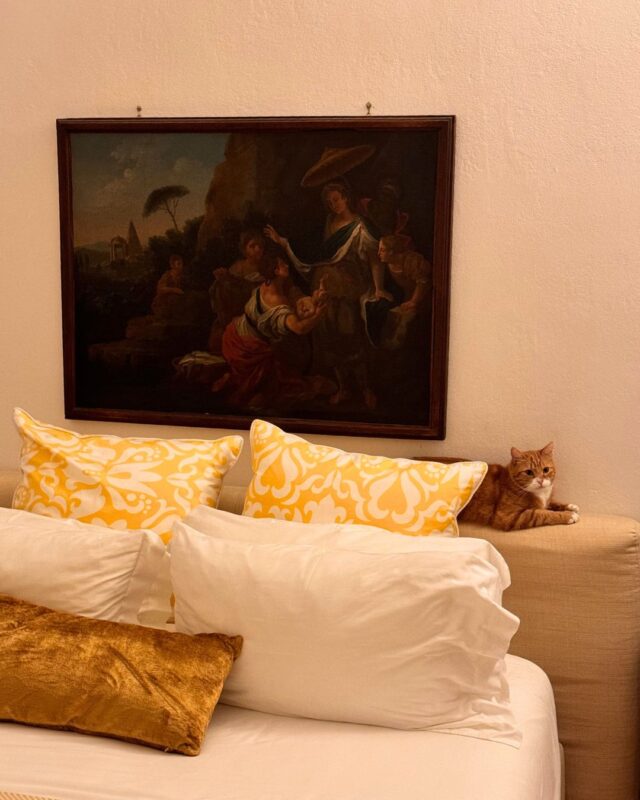
After three weeks in residency in Praiano, Adelaide Cioni shares her reflections on the experience through the places she inhabited, the connections she made, and her encounter with that vertical sea, which we can't wait to see transformed into her upcoming performative work.
We are deeply grateful to Adelaide for the depth of her work — a space of wonder that arrives with the same awe as a whale's song, expanding our breath; to Carol LeWitt, Sandra Belcredi, Marco Vuilleumier, Daniele Esposito, Antonella De Angelis of FAI Campania, Alessandro Di Benedetto, and to everyone who is part of Marea for making this research possible.


